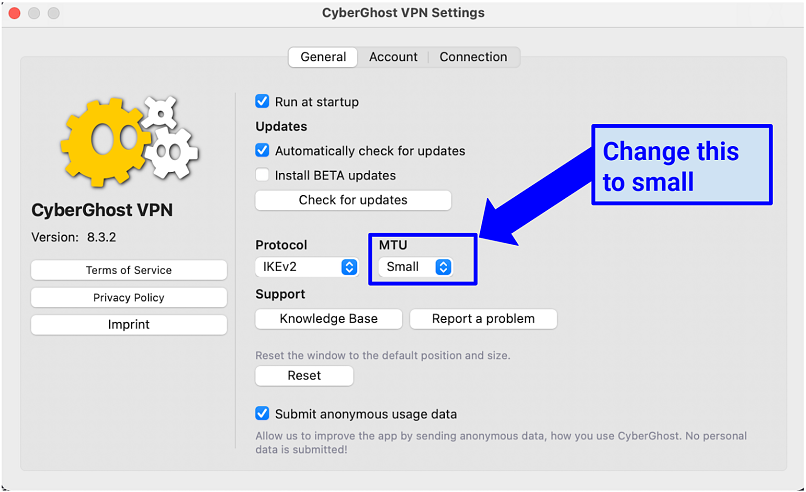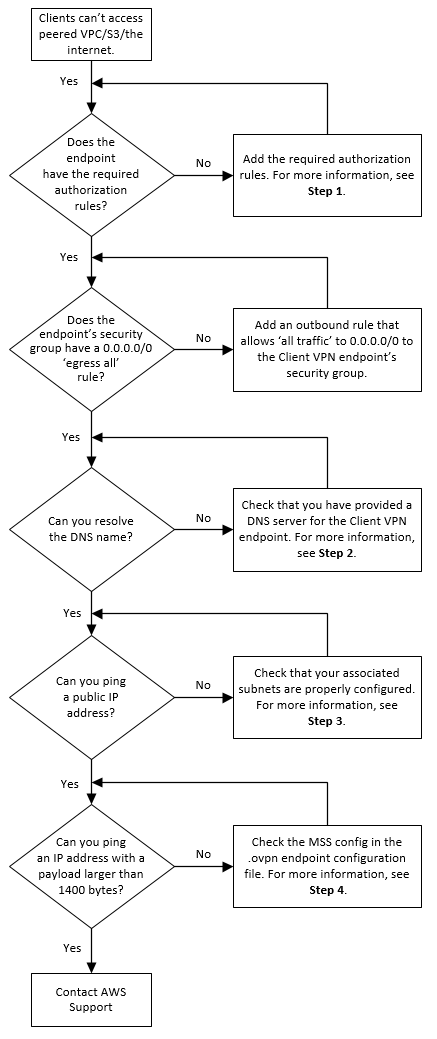Featured
Table of Contents
Why Are Streaming Services Blocked While Connected To ...

The Routing and Remote Gain access to snap-in lives within the Microsoft Management Console, understood as the MMC. There are several methods to access the MMC. You can choose the console from the Start menu's Programs alternatives, within the Administrative Tools folder within Windows server's Control board or by typing mmc at a command timely.
As Tech, Republic's Brandon Vigliarolo demonstrates within his video at the start of this article, the Services console displays the status of the Routing and Remote Gain access to entry. From within the Solutions console and with the Routing and Remote Gain access to entry highlighted, you can click Start the Service or right-click the entry and select Restart.
Often the VPN client and VPN server are set to using various authentication methods. Confirm whether an authentication error is the problem by opening the server console. Another approach of accessing the MMC is to type Control+R to open a command prompt in which you can type mmc and hit Get in or click OK.
If the entry isn't present, click File, choose Add/Remove Snap-in, pick the Routing and Remote Access alternative from the options and click Add, then OK. With the Routing and Remote Gain access to snap-in added, right-click on the VPN server and click Characteristics. Then, examine the Security tab to verify the authentication method.
Vpn-related Problems And Solutions
Make sure the VPN customer is set to the authentication technique defined within the Security tab. Usually the products just evaluated are responsible for a lot of VPN connection rejection errors.
Each Web-based VPN connection typically utilizes two different IP addresses for the VPN customer computer system. This is the IP address that's used to develop the initial TCP/IP connection to the VPN server over the Internet.

This IP address normally has the same subnet as the local network and thus allows the client to communicate with the regional network. When you set up the VPN server, you should configure a DHCP server to assign addresses to clients, or you can develop a bank of IP addresses to assign to customers directly from the VPN server.


If this alternative is chosen and the effective remote access policy is set to permit remote access, the user will be able to connect to the VPN. I have been not able to re-create the circumstance personally, I have heard rumors that a bug exists in older Windows servers that can cause the connection to be accepted even if the efficient remote gain access to policy is set to deny a user's connection.
How To Troubleshoot Common Vpn Issues

Another typical VPN problem is that a connection is effectively established but the remote user is unable to access the network beyond the VPN server. Without a doubt, the most typical reason for this problem is that authorization hasn't been approved for the user to access the whole network. To permit a user to access the entire network, go to the Routing and Remote Gain access to console and right-click on the VPN server that's having the issue.
At the top of the IP tab is an Enable IP Routing check box. If this check box is made it possible for, VPN users will have the ability to access the rest of the network, presuming network firewall programs and security-as-a-service settings allow. If the checkbox is not selected, these users will be able to gain access to only the VPN server, however nothing beyond.
For example, if a user is dialing straight into the VPN server, it's usually best to set up a fixed route in between the client and the server. You can set up a fixed route by going to the Dial In tab of the user's residential or commercial properties sheet in Active Directory Users and Computers and picking the Apply A Fixed Path check box.
Click the Add Path button and then enter the location IP address and network mask in the area provided. The metric should be left at 1. If you're utilizing a DHCP server to designate IP addresses to customers, there are a couple of other problems that could cause users not to be able to go beyond the VPN server.
Vpn Not Connecting? 8 Possible Reasons And Fixes
If the DHCP server designates the user an IP address that is already in use in other places on the network, Windows will discover the dispute and prevent the user from accessing the rest of the network. Another common problem is the user not getting an address at all. Most of the time, if the DHCP server can't assign the user an IP address, the connection won't make it this far.
If the client is designated an address in a variety that's not present within the system's routing tables, the user will be unable to browse the network beyond the VPN server. Make sure the resources the user is trying to access are in fact on the network to which the user is linking.
A VPN connection to the other subnet might, in reality, be required. A firewall or security as a service option could also be to blame, so do not forget to review those services' settings, if such parts are present in between the VPN server and the resources the user seeks to reach.
The first possibility is that one or more of the routers involved is performing IP packet filtering. I suggest examining the customer, the server and any machines in between for IP package filters.
Latest Posts
Best Vpn For Business
18 Best Vpn Services To Protect Your Online Privacy + ...
Best Virtual Private Networks Reviews 2023